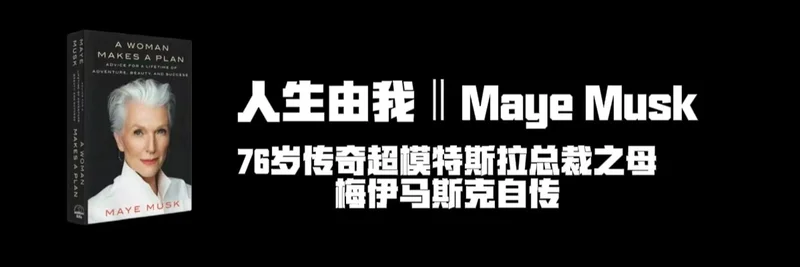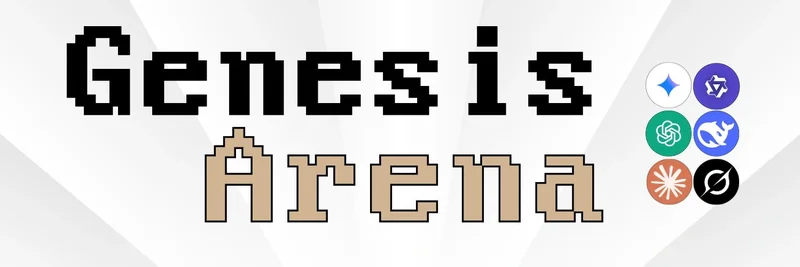Recently, BSCNews posted on X about a deep dive into Telcoin ($TEL), highlighting how this project is blending the worlds of traditional telecommunications and cutting-edge Web3 technology. As someone who's been in the crypto space for years, I find Telcoin's approach fascinating—it's not just another token; it's aiming to build what they call the "Internet of Money." Let's break it down in simple terms, so even if you're new to blockchain, you can follow along.
What is Telcoin and Its Background?
Telcoin started back in 2017 in Singapore as an ERC-20 token on Ethereum. The big idea? Tackle the massive $700 billion remittances market, where people send money across borders, often paying hefty fees. Traditional services charge 6-10%, but Telcoin keeps it under 2%. They tap into telecom networks, which reach over 5 billion people worldwide, to help the 1.4 billion unbanked folks get access to financial services.
Fast forward to today, Telcoin has evolved. By 2023-2024, they shifted focus from just remittances to full-on digital banking. They're all about compliance and security now, even earning SOC 2 Type I certification in May 2025. Their mission is to fuse telecom infrastructure with blockchain, turning mobile operators into key players in a decentralized finance (DeFi) world. DeFi, by the way, means decentralized finance—think banking without banks, all on the blockchain.
How Does Telcoin Work?
At its core, Telcoin uses a two-network setup. Right now, it's on Polygon for cheap and fast transactions. But they're building their own Telcoin Network, an EVM-compatible Layer 1 blockchain. EVM stands for Ethereum Virtual Machine, which means it can run smart contracts like Ethereum does.
Here's the cool part: Mobile Network Operators (MNOs) like Vodafone or Orange become validators on this network. It's a Decentralized Physical Infrastructure Network (DePIN), where real-world telecom giants power the blockchain. This setup promises low fees, scalability, and built-in regulations since these operators are already licensed.
Key Features of Telcoin
Telcoin isn't just theory; they've got practical tools:
Telcoin Wallet: Super user-friendly. Send money using just a phone number. It supports remittances to over 40 e-wallets in 20+ countries, plus DeFi stuff like yield farming (earning interest on your crypto by lending it out).
Digital Cash Stablecoins: These are like digital dollars or euros, backed 1:1 by real fiat money. They've got eUSD, eAUD, eCAD, and plans for more like eGBP or eJPY. No wild price swings like regular crypto—perfect for everyday payments.
DeFi Suite: Swap tokens, lend, borrow, and farm yields. It works across chains like Ethereum and Arbitrum via bridges.
Performance and Security: The network handles 1,000 transactions per second at tiny fees. After a 2023 hack (they recovered all funds), they've beefed up security with AI fraud detection, audits, and multi-sig wallets.
$TEL Tokenomics Explained
The $TEL token is the fuel for everything. Total supply is capped at 100 billion, with about 91 billion circulating as of July 2025. You use it for fees, staking, remittances, and DeFi. There's a "Stake & Refer" program where you stake TEL and earn from referrals—though some folks criticize it for looking a bit like a pyramid scheme.
As of mid-July 2025, $TEL was trading around $0.007, with a market cap over $650 million. It's been pumping lately, up 85% in a month—always do your own research, though, as crypto is volatile.
Partnerships and Roadmap
Telcoin's strength is in partnerships. They're working with big telecom names like Orange, Vodafone, Viettel, and GCash. Recent ones include Powerhive for mobility financing in emerging markets and a gaming alliance for integrating TEL into cloud games.
Looking ahead:
- May 2025: Alpha Mainnet launched.
- July 2025: Pilot testnet with MNOs.
- Q4 2025: Beta Mainnet.
- 2026: Full shift to Telcoin Network.
They've also got regulatory wins, like conditional approval for a digital asset bank in Nebraska, potentially launching eUSD as a regulated stablecoin by September 2025.
Why Telcoin Matters in the Web3 Space
In a world where blockchain is often seen as separate from everyday life, Telcoin is bridging the gap. By leveraging telecom's massive reach, they're making crypto accessible to billions. Whether you're into DeFi, stablecoins, or just sending money home cheaply, $TEL could be a game-changer.
For the full scoop, check out the original BSCNews article. If you're diving into meme tokens or broader crypto on Meme Insider, keep an eye on projects like this that blend real-world utility with blockchain innovation. What do you think— is Telcoin the future of telecom finance? Let us know in the comments!




